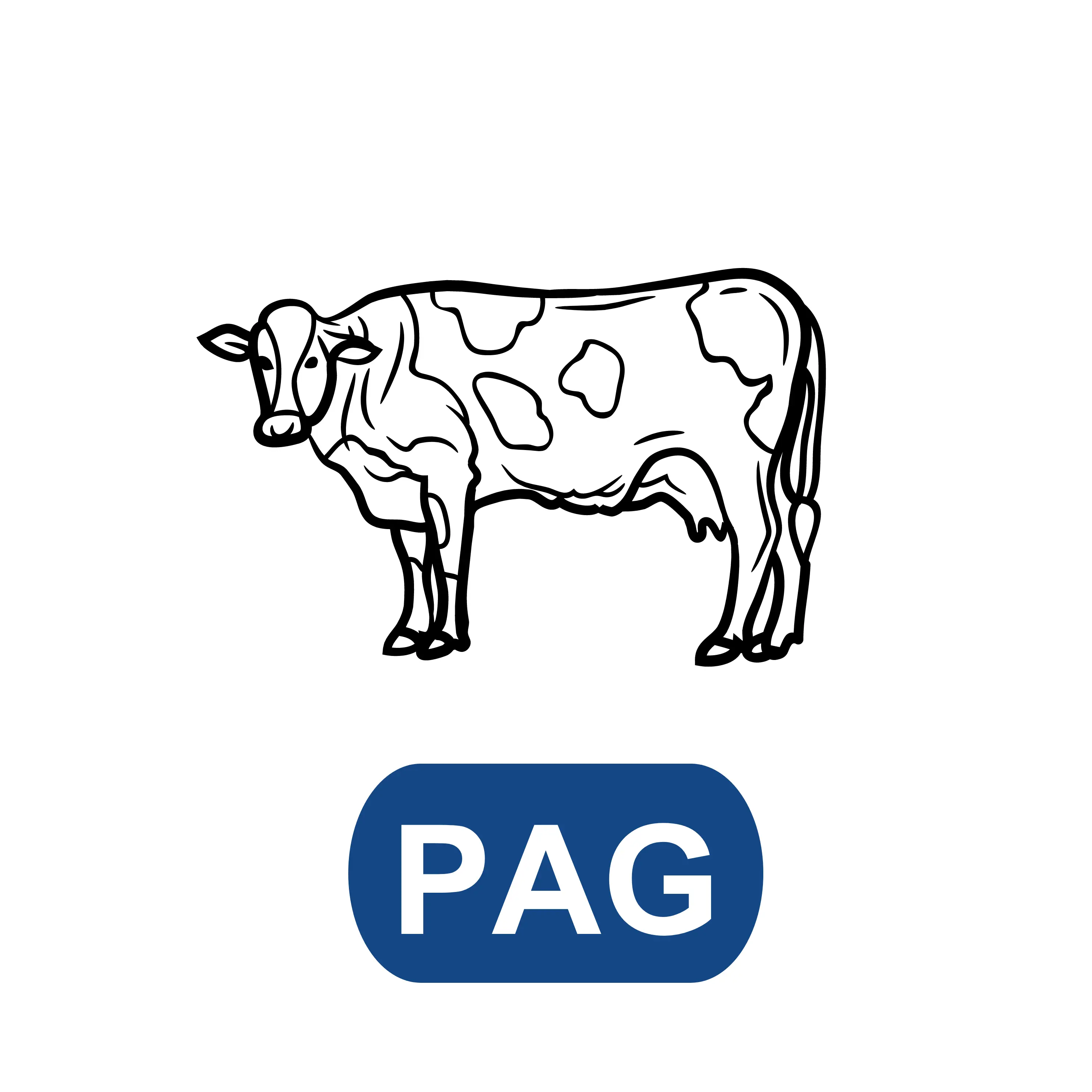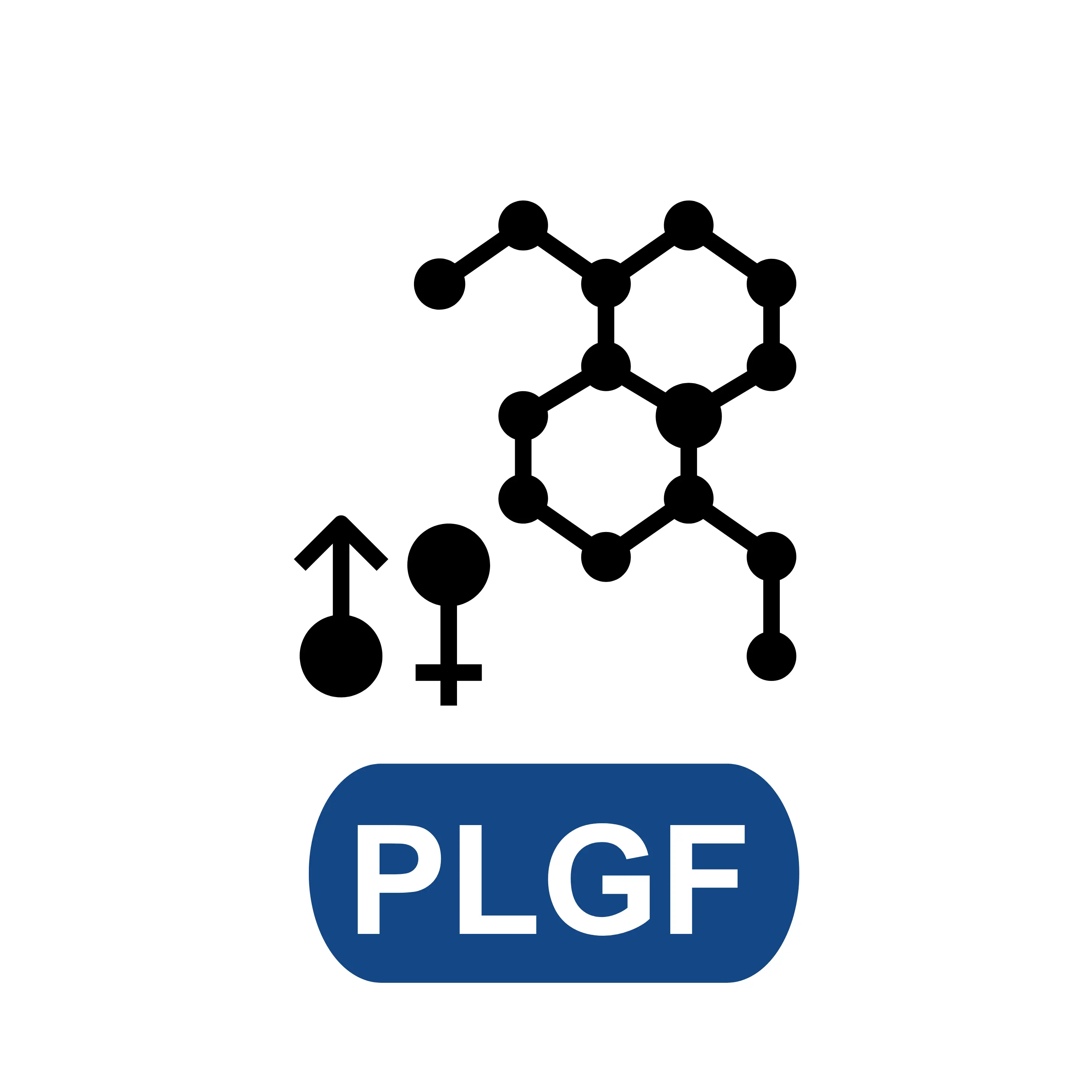Basic Knowledge of Monoclonal Antibodies
1. Introduction to antibodies
Antibody
It is a glycoprotein, also known as an immunoglobulin (Ig), which is the product of the humoral immune response; An immunologically functional globulin that binds specifically to the corresponding antigen; an antibody recognizes a unique feature of a specific foreign object, known as an antigen.
Antibodies must be proteins, effector molecules of the body's immune response that recognize, neutralize, or clear disease-causing antigens;
Produced by plasma cells (effector B cells) and found in blood and body fluids.
Monoclonal antibody: An antibody against a single epitope produced by a single B cell clone with a high degree of specificity; the molecular weight of the monoclonal antibody is about 150kD.
2. Structures of antibodies
Each chain has a domain consisting of 110 amino acids;
Every 60 amino acids in each domain are connected by disulfide bonds in two chains, and disulfide bonds play an important role in stabilizing the structure of antibody proteins;
Variable (V): The 100-110 amino acids in the N-terminal half are quite different;
Constant (C): The half amino acid of the C-terminal is quite conserved.
3. Classification of antibodies
(1) IgM: IgM secreted by mature plasma cells is a pentamer, and the heavy chains between the monomers are connected by two disulfide bridges, CH4/CH4 and CH3/CH3 domains, respectively. It accounts for 5% to 10% of the total human serum immunoglobulin;
(2) IgA: It only accounts for 10% to 15% of immunoglobulins in serum. It is an exocrine antibody widely present in milk, saliva, tears, bronchial mucus, genitourinary tract, and digestive tract secretions. The half-life is 6 days;
(3) IgE: It only accounts for 2/100,000 of the total immunoglobulin in serum, but its biological effect is obvious, and it can mediate immediate hypersensitivity reactions such as asthma, urticaria, and anaphylactic shock;
(4) IgD accounts for about 0.2% of total serum immunoglobulins. When IgM and IgD coexist, B cells are easily activated by antigens.
(5) IgG: the highest concentration in serum, accounting for about 70 to 80% of the immunoglobulin content, and 50% distributed in the plasma. After the body is stimulated by antigen for the first time, it is produced rapidly, and the speed is second only to lgM, which plays a major role in antibody-mediated immunity against infection. IgG is a globulin monomer with a molecular weight of about 160,000 to 180,000. It can effectively resist the invasion of microorganisms such as bacteria and viruses in the body. In serological reactions in vitro, it is involved in precipitation, agglutination, complement fixation, and neutralization.
IgG structure:
IgG antibodies play a role in activating complements and neutralizing a variety of toxins in the immune response. IgG antibodies are long-lasting and are the only antibodies that cross the placenta during pregnancy to protect the fetus. They are also secreted from the mammary gland into the colostrum, so that the newborn is protected by antibodies for the first time.
Related Immunoassays
- Cardiac Markers
-
Tumor Marker
-
PGII
-
G17
- CA50
-
CA125
- CA242
-
CA15-3
- CA19-9
- CA72-4
-
Pepsinogens I (PGI)
-
Human Epididymis 4 (HE4)
- Prostate-Specific Antigen (PSA)
- Squamous Cell Carcinoma (SCC)
- Neuron-Specific Enolase (NSE)
- Cytokeratin 19 Fragment (CYFRA21-1)
- Human Progastrin-releasing Peptide (ProGRP Tumor Marker)
- Protein Induced by Vitamin K Absence or Antagonist-II (PIVKA II Tumor Marker)
- Alpha-fetoprotein(AFP)
-
CEA
-
Human Chitinase 3-like 1
-
PGII
- Inflammatory Marker
- Infectious Disease
- Hormones
- Thyroid Function
- Glucose Metabolism
- Bone Marker
- Others
-
Heterophilic Blocking Reagent
- Animal Diagnostics

















